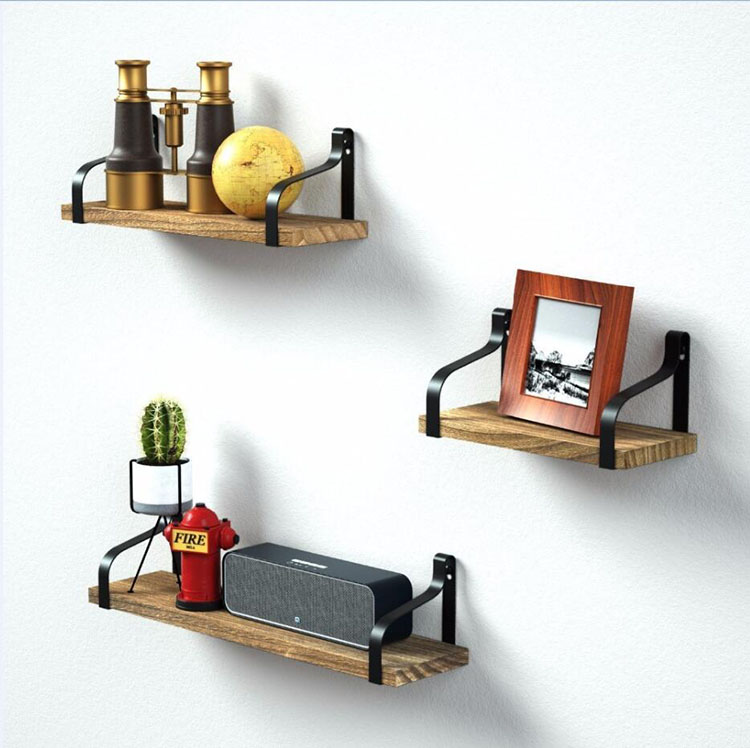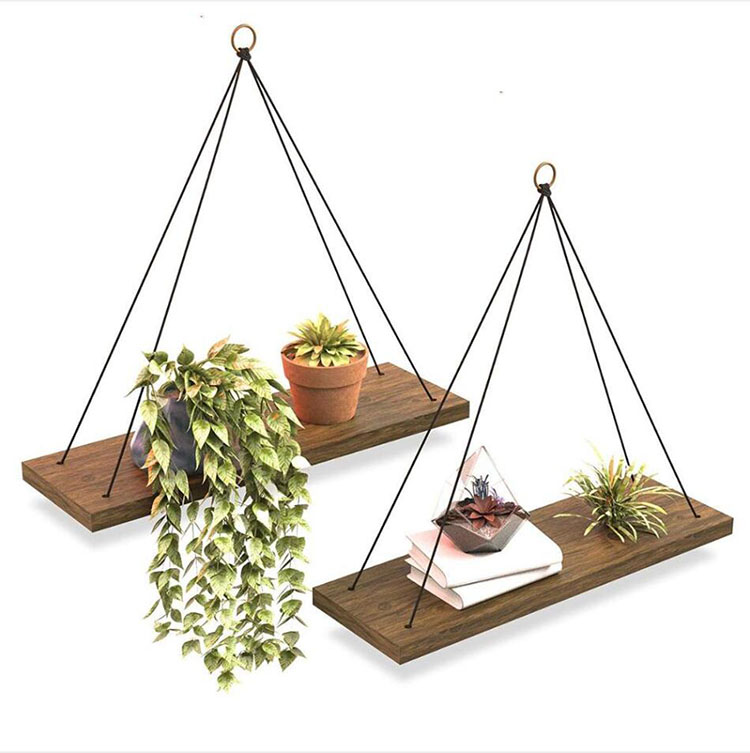The resistance of the ink is the ability of the ink film to withstand harsh conditions, including light resistance, heat resistance, grease resistance, chemical resistance, and the like. If you need to boil sterilization packaging printing inks and pigments need to have boiling resistance.
In the printing production industry, the economical package printing factory pursues low input and high returns, that is, according to the principle of proper packaging, under the premise of meeting the above conditions, the ink with lower overall cost (purchasing cost plus use cost, etc.) is selected. Although packaging and printing companies have chosen the right ink, there are also many problems caused by the ink itself during the use of the ink. So, what are the higher requirements for packaging inks for packaging and printing plants?
Packaging Printing Factory Requirements for Inks
In order to optimize its own operating expenses, improve the stability of production, and meet the requirements of customers, packaging and printing plants increase the production efficiency, improve the production environment, and satisfy the customers' environmental requirements for packaging. The basic requirements of the factory for ink. Reducing the cost of use, reducing costs, and maximizing profit are prerequisites for the survival and development of a company. Packaging and printing plants are no exception. Although ink accounts for only 15% of the printing cost (paper accounts for 45%), we understand that the printing factory has never given up its efforts to reduce the cost of ink. Packaging printers prefer ink suppliers to provide the best price/performance ratio to meet the requirements. Ink products.
Improve ink coloring
The printing factory hopes that the ink production plant will improve the coloring of the ink and hopes to print more jobs with a fixed amount of ink or a minimum amount of ink for a fixed amount of work to reduce the printing cost. However, the amount of ink is closely related to the colorability of the ink. In the case of a certain amount of ink, the higher the ink colorability, the more jobs printed and the greater the profit.
Reduce the use of additives or use supporting additives
On the one hand, printing companies hope that the inks they use can be directly used during printing, and do not need to add or rarely add to the domestic plastics. The gravure printing ink market In the current domestic plastic flexible packaging industry, the large-scale large-scale enterprises only account for about 10%. SMEs account for more than 90%.
Large-scale plastic packaging companies have advanced printing presses and fast printing speeds (high-speed printing presses); high-grade products, large batches, special varieties, high-quality inks, and high dosages, are generally fixed at a maximum of two to three ink manufacturers. Ink. However, many medium and small plastic packaging companies have been updated in recent years; however, medium and low-speed printing presses also account for the majority. The equipment and conditions are poor, and there are many types of production, small quantities, and small quantities. Therefore, the use of ink is more complicated, there is no fixed ink manufacturer to use the ink, generally the ink of low price is preferred.
Variety of inks in plastic flexible packaging, food packaging, salt packaging, cosmetic daily product packaging, pharmaceutical packaging, paper product packaging, garment packaging: food packaging is based on composite in India ink, part of the candy paper with table printing ink; cooking The packaging uses high-temperature cooking ink. In general, polyester ink is used for vacuum packaging. For milk products, water-resistant, acid-resistant, and temperature-resistant inks are preferred. Pharmaceutical packaging and cosmetic packaging are based on polyester inks.
Some manufacturers of salt packaging use printing ink, some manufacturers use composite printing ink, but more manufacturers use polyester ink. Daily goods packaging, paper product packaging and clothing packaging use a lot of ink, but the table printing ink should be a special, smooth, scratch-resistant, anti-adhesion ink. With the increase in the packaging market, the use of compound inks has increased.
The price of plastic gravure ink The current price of plastic ink is divided into high, medium and low prices. The ink prices of Shanghai DlC Ink Co., Jiangmen Toyo Ink Co., Ltd., Shenzhen Shenzhen Ink Co., Ltd. are relatively high. Shanxi ink ink company, Zhejiang New Oriental ink company ink prices in the middle.
Zhejiang Yong Chemical Company's ink price is relatively low, but there are too many small ink manufacturers producing low-priced ink in China.
General Plastic Gravure Ink Market Selling Price: Cooking How to use alcohol-soluble gravure printing ink Alcohol-soluble gravure printing ink, After fully grinding and dispersing alcohol-soluble synthetic resin, solvent and organic pigment, it has good fluidity and colloidal liquid. Drying ink, with good printability, fast drying, shiny bright, colorful features. Suitable for printing and packaging food cellophane and candy wrapping paper. Printing speed is 25-70m/mm.
Alcohol dissolving gravure printing ink use method: Should store at lower temperature, use the ink to stir well before use, make it have good flowing performance. Alcohol-soluble ink in the viscosity, thick, dry, etc., must meet the requirements of the machine. If the ink is too thick, it can be diluted with ethanol (can accelerate drying) or butanol (can slow drying), or diluted with thinner. If the printer is drying faster due to the higher speed of the printer or the weather in winter, a quick-drying agent may be added to accelerate the drying. Ink inks can be mixed with each other to adjust various shades. However, it should not be mixed with other types of inks to prevent resin precipitation and other unusable phenomena.
Reprinted from: Chenyi Printing Blog
A shelf is a flat, horizontal plane used for items that are displayed or stored in a home, business, store, or elsewhere. It is raised off the floor and often anchored to a wall, supported on its shorter length sides by brackets, or otherwise anchored to cabinetry by brackets, dowels, screws, or nails. It can also be held up by columns or pillars. A shelf is also known as a counter, ledge, mantel, or rack.[2] Tables designed to be placed against a wall, possibly mounted, are known as console tables, and are similar to individual shelves.

A shelf can be attached to a wall or other vertical surface, be suspended from a ceiling, be a part of a free-standing frame unit, or it can be part of a piece of furniture such as a cabinet, bookcase, entertainment center, some headboards, and so on. Usually two to six shelves make up a unit, each shelf being attached perpendicularly to the vertical or diagonal supports and positioned parallel one above the other. Free-standing shelves can be accessible from either one or both longer length sides. A shelf with hidden internal brackets is termed a floating shelf. A shelf or case designed to hold books is a bookshelf.

The length of the shelf is based upon the space limitations of its siting and the amount of weight which it will be expected to hold. The vertical distance between the shelves is based upon the space limitations of the unit's siting and the height of the objects; adjustable shelving systems allow the vertical distance to be altered. The unit can be fixed or be some form of mobile shelving. The most heavy duty shelving is pallet racking. In a store, the front edge of the shelf under the object(s) held might be used to display the name, product number, pricing, and other information about the object(s).
Wooden Wall Shelves,Toilet Shelf Rack,Home Storage Furniture,Bathroom Organizer Shelf
Jinan Tri-Tiger Technology Development Co., Ltd , https://www.tri-tigerfurniture.com